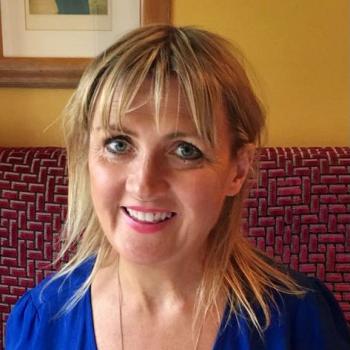The important role of social connectedness in the alcohol use of women aged 50 to 62 years.
Background: Women aged 50-62 years experience significant and unique life events that may affect their alcohol use. Significant life stressors related to this age group such as physical issues, social isolation, ‘sandwich’ generation, relationship breakdown and children leaving home, can have negative impacts. This unique complex period in a woman’s life has multiple and co-occurring stressors that can trigger excessive alcohol use. The WHO identified 2020-2030 as the decade of ageing yet little is understood about why women aged 50-62 years drink alcohol.
Methods: The research sample was extracted across three waves of data from The Irish Longitudinal Study on Ageing (TILDA) collected from 2010 to 2018 consisting of women between 50 and 62 years. Repeated measures analysis was conducted across Wave 1, Wave 3 and Wave 5 on the women’s alcohol use as they age over 8 years from 2010 to 2018. Multiple regression analysis examined the data of women from 50–54 years within Wave 1 collected in 2010, then Wave 3 data collected in 2014 when the women were aged 54–58 years, and subsequently on Wave 5 on data collected in 2018 when the women were aged 58-62 years. The analysis within and across three waves spanning the life stage of women as they age over 8 years examined the social, physical and psychological aspects of their lives and their alcohol use.
Results: Repeated measures analysis showed that women’s alcohol use remained fixed and did not significantly change from 50 to 62 years. Multiple regression analysis found: Wave 1: the multiple regression was statistically significant (R2=.06, F(7,671)=7.30,p<.001). Three predictors Social participation (β=-.08,p=.044), Number of ADLs (β=-.09,p=.016) and Attends religious services (β=-.17,p<.001) significantly predicted lower daily alcohol use. Wave 3: the multiple regression found significance (R2=.05,F(8,434)=3.65,p<.001). Two predictors Parents alive (β=-.10,p=.034) and Member of a club (β=-.14,p=.004) significantly predicted lower daily alcohol use. Wave 5: the multiple regression found significance (R2=.08,F(6,345)=6.37, p<.001). Three predictors Count of close relatives or friends (β=-.11, p=.037), Member of a club (β=-.12,p=.025) and Attends religious services (β=-.18,p=.001) significantly predicted lower levels of daily alcohol use.
Conclusion: Not attending religious services was the strongest predictor of higher daily alcohol use for women aged 50–54 years, not being a member of club was the highest predictor for women aged 54–58 years and the top 2 predictors of higher daily alcohol use of women aged 58-62 years were not being a member of a club and not attending religious services. Understanding the importance of social connectedness and alcohol use of women in this age group is imperative to their wellbeing. Healthcare professionals will benefit in the care of women 50-62 years if they are aware of the importance of social connectedness as a key protective factor against high alcohol use.
